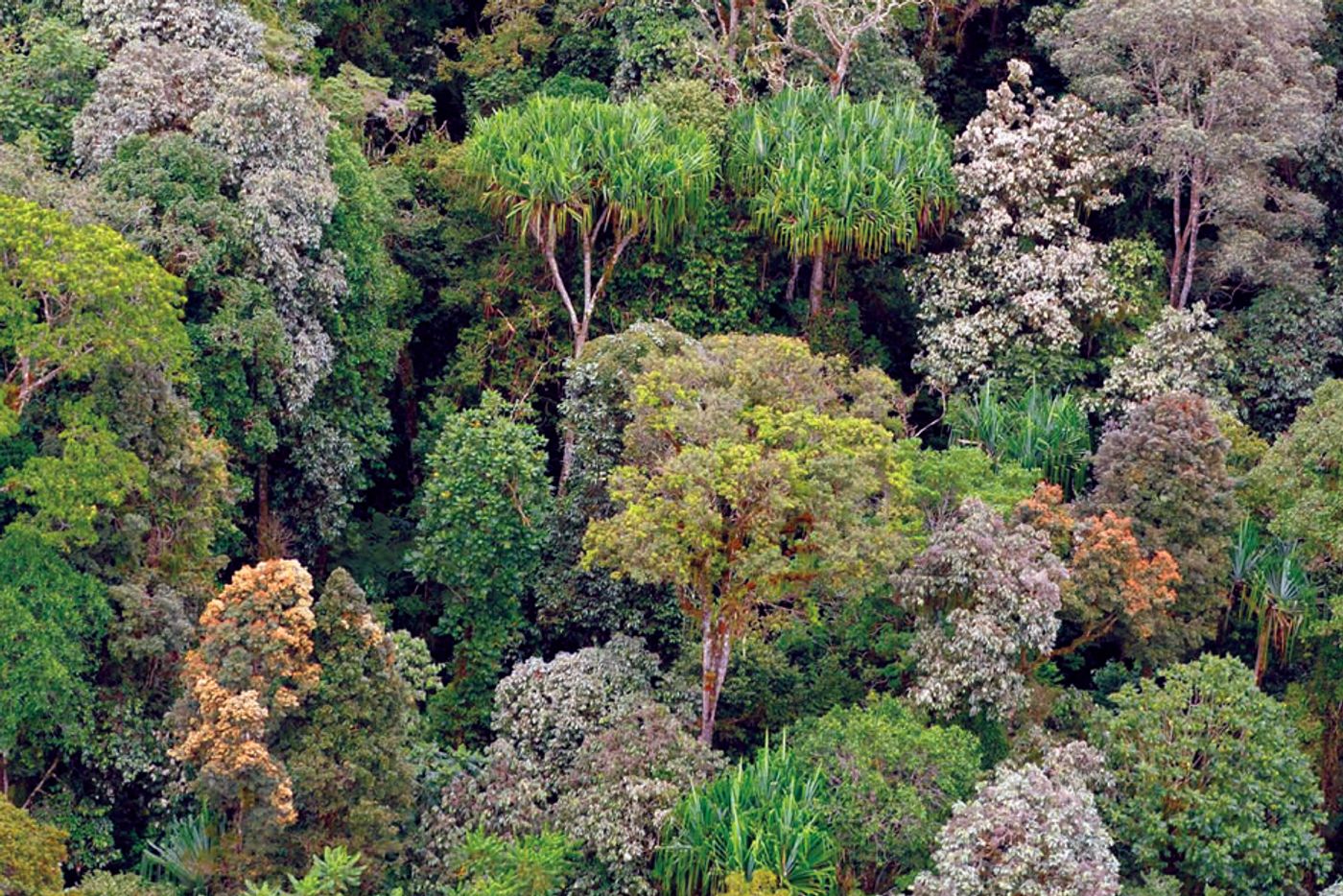Biodiverse forests are more resilient to drought
Biodiversity is confirmed yet again to be a savior for vulnerable species. In a new study published in Nature, scientists determined that forests with more diverse water-efficient trees are better able to withstand droughts. And though this may come as no surprise, the common sense behind it is the key to promoting crucial forest management strategies after disruptions such as wildfires or logging.
Referred to as “hydraulic diversity,” the idea behind the study captures a new angle on an old tale. "We expected that hydraulic traits should matter," said the lead author of the study William Anderegg from the University of Utah, "but we were surprised that other traits that a lot of the scientific community have focused on weren't very explanatory or predictive at all." In fact, it turns out that hydraulic diversity is perhaps the most important predictor of how a forest will respond to drought.
In forest science, the term hydraulic trait refers to the way that a tree moves water throughout itself. It also speaks to the level of stress from drought a tree can handle before breaking down. So, on an individual level, each tree species has specific traits that play out in individual trees. But of course, a forest is usually composed of different species of trees (known as species composition), and so in order to determine how resilient a certain forest is to drought, you have to look at the hydraulic diversity of the ecosystem as a whole.
In order to analyze hydraulic diversity, Anderegg and his team, which included researchers from Stanford University, Princeton University and the University of California, Davis, looked at data from 40 global forest sites. The data measured soil moisture, the flow of carbon, and water movement into and out of a site. Combined with data regarding the trees’ hydraulic traits, like hydraulic safety margin (which measures the difference between the amount of water movement the tree allows during dry conditions and the absolute minimum water amount), the researchers were able to come up with a better picture of hydraulic diversity on a larger scale.
According to Science Daily, the scientists confirmed that “Forests with a greater diversity of hydraulic traits in its tree species showed less of a dip in forest function (measured by fluxes of water and energy and soil moisture) than less-diverse forests.” This means a forest that has a wide range of species, from conifer to angiosperm to trees with varying rooting depths and types of wood. "After we log a forest or a fire comes through," Anderegg says, "we sometimes think about planting a single species. We should be thinking about the best mixes of multiple species for resilience."
This research has particular significance from the scope of climate change – which is why the researchers are motivated to continue their investigations. "We want to understand what's the detailed physiology behind this resilience," Anderegg continues. "What are the specific traits, either of different species or different populations, that give you resilience to future climate?"
Sources: Science Daily, Nature









